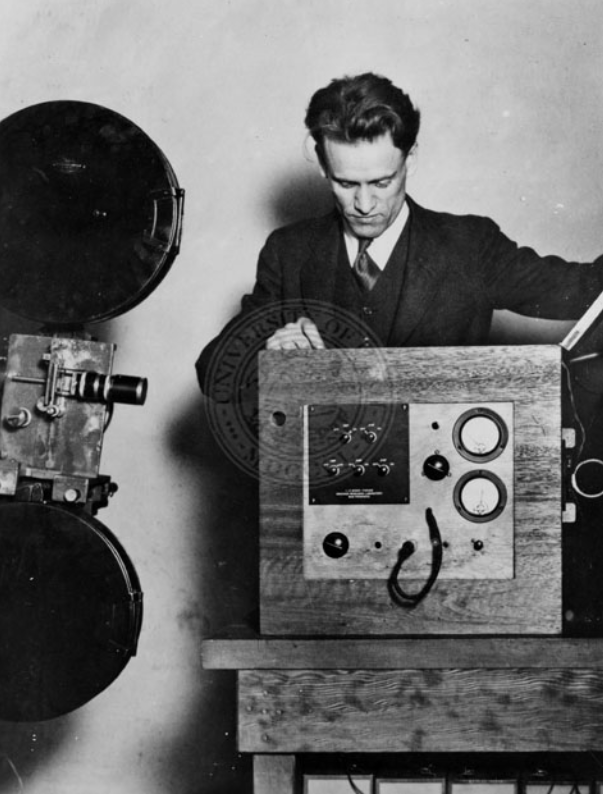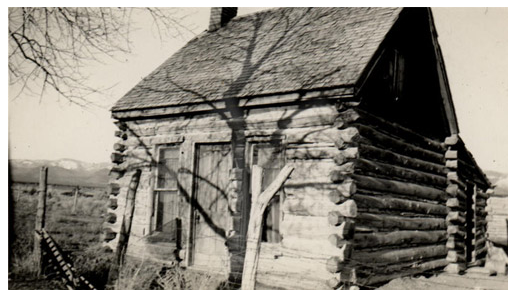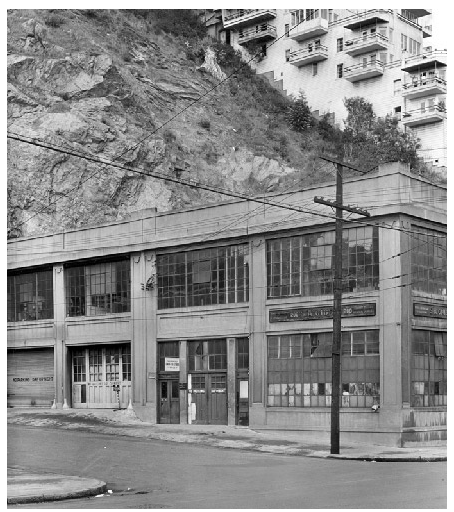
It is notable that in this age of celebrity worship, most people cannot name the inventor of the television. Even the meticulous Aaron Sorkin confused the details of Farnsworth’s life in his stage play. Woefully unrecognized, Farnsworth conceived of the idea for electronic television at the age of 14 and brought his conception to fruition in 1927 with his first electronic transmission.
Like Apple founder Steve Jobs, Farnsworth nurtured a broad, idealistic vision of how his invention would change the world, envisioning how television might increase literacy, facilitate the sharing of cultures and even prevent wars through global discourse. Farnsworth’s greatest resource, much like Jobs’, was unconventional thinking and an ability to assemble a small team of determined ingénues like himself. Farnsworth’s wife, Elma “Pem” Farnsworth, attributed her husband’s success to “intuitive thinking, logic, and hard work,” as well as his ability to combine “seemingly unrelated elements into new instruments of amazing effectiveness.”

The inventor of television grew up in Utah prior to the existence of power lines, making his radical electronic concepts all the more remarkable. Farnsworth’s family moved to a farm in Rigby, Idaho, where Farnsworth delighted at the sight of a Delco power system, immersed himself in scientific magazines and invented tools that facilitated household chores. While working on the farm, a teenaged Farnsworth observed the straight rows created by the horses as he plowed, and abruptly thought “he could build the image like a page of print and paint the image line after line . . . with the speed of the electron, this could be done so rapidly the eye would view it as a solid picture.”
According to Pem, Farnsworth reasoned that by using an image dissector tube, he could manipulate electrons to “change a visual image into a stream of electrical current, transmit that to another vacuum tube at the receiver, and on a fluorescent screen turn the current back into the visual image again.” Farnsworth sketched his idea on the blackboard of his high school chemistry teacher, Justin Tolman, and presented him with a drawing of it, which would prove invaluable years later during a 1935 patent suit ruling.

In 1923, Farnsworth moved to Provo, Utah and pursued formal education, enrolling at Brigham Young University (BYU) to study mathematics and physics, although, like Jobs, never graduated. Ironically, his lack of formal training contributed to his success, as fundraiser George Everson recalled that Farnsworth “attacked the whole assignment with no engineering experience and little engineering knowledge, but to compensate for these inadequacies he had courage and genius.” After leaving BYU, Farnsworth worked for Everson as an organizer at the Community Chest Campaign, who, along with fundraiser Leslie Gorrell, funded Farnsworth’s electronic television idea. With this financial backing, Farnsworth moved to California, eventually establishing a lab on Green Street in San Francisco and hand-picking a team of scientists and innovators.
In the team’s early days, engineers shuffled in and out of the lab with various instruments, a “glittering array of crystals, prisms, and lenses.” This activity attracted the attention of police in the Prohibition era and Pem stated “it’s not hard to imagine how suspicious our operation must have looked to an outsider. Strange packages were being brought in, and the curtains were drawn for demonstrating the light relay.” Pem reassured two policemen, who came to investigate the lab, that she and her husband were not operating a still and continued their electronic experiments.

Farnsworth focused on perfecting the image dissector tube with the help of Pem’s glassblowing brother, Cliff Gardner. The scientific team constructed numerous models before developing a bulb that was delicate, yet strong enough to transmit an image electronically. After years of failed experiments and twelve hour work days, on September 27, 1927 Farnsworth transmitted the first “electronic television image.” With Farnsworth and his staff at the receiver, Cliff inserted the slide into the Dissector and a small line materialized in the receiver room, ushering in the television age. Farnsworth wired Gorrell a simple message: “THE DAMNED THING WORKS!” and applied for his first television patent on January 7, 1927.
Farnsworth was “the first to form and manipulate an electron beam” and according to his biographer Paul Schatzkin “that accomplishment represents a quantum leap in human knowledge that is still in use today.” Farnsworth’s ability to harness electrons negated the need for mechanical objects to transmit images and later contributed to breakthroughs in radar and electron microscopy.

However, transforming his historic achievement into a commercial product involved years of financial and legal problems. Farnsworth struggled to maintain a balance between scientific experimentation and his financial backers’ desire for a return on investment. In 1928, Farnsworth met with impatient investors who demanded to see “some dollars” in his invention, and stunned them when an image of a dollar sign materialized in the screen before them. This presentation bought Farnsworth more time, but later that year the backers repealed their support, forcing Farnsworth to rally his team to continue with the development of television.
In the period between his first transmission and first public demonstration of the television in 1934, Farnsworth continued to navigate around financial problems, company reorganization, and protests by radio and film actors fearing the new medium could jeopardize their jobs. The primary obstacle to commercialization was RCA’s lawsuit regarding his 1927 television system patent. Russian scientist Dr. Vladimir Zworykin attempted to devise an electronic television system and applied for a patent in 1923, despite lacking proof of its feasibility. Farnsworth invited Zworykin, a former employee of Westinghouse, to see his San Francisco lab in 1930 in hopes that Westinghouse might fund his invention. Unbeknownst to Farnsworth, Zworykin no longer worked for the company and his visit to the lab was motivated by personal objectives.

Farnsworth demonstrated how to construct an Image Dissector for Zworykin, who later replicated the tube and presented it to RCA. Farnsworth’s refusal to sell his patents to RCA prompted the company to sue for priority of invention, so as to introduce commercial television to the public. The U.S. Patent Office settled the “David and Goliath confrontation,” as described by Farnsworth’s wife Pem, when it ruled in Farnsworth’s favor based on Justin Tolman’s presentation of Farnsworth’s high school Image Dissector sketch. For the first time in RCA’s history, the company had to pay patent royalties, rather than receive them. The ruling also established Farnsworth as the inventor of television, despite ongoing debate and distortions to the historical record like Aaron Sorkin’s stage play proclaiming RCA the victor of the suit. Schatzkin provides a superb synopsis of the debate about the inventor of television and errors punctuating the narrative in The Boy Who Invented Television.
Farnsworth continued to fight against RCA’s appeals and his refusal to bow to the corporation taxed his mental and physical health. While struggling with depression, exhaustion and a dependence on liquor to cope with the stress, Farnsworth vowed to bring television from conception to commercialization. He aimed to get into broadcasting, but because the FCC would not yet allocate spectrum space for television, Farnsworth decided to enter into manufacturing, which would lead him to Fort Wayne, Indiana.

Read part II: Philo T. Farnsworth: Conversing with Einstein & Achieving Fusion in Fort Wayne here.
